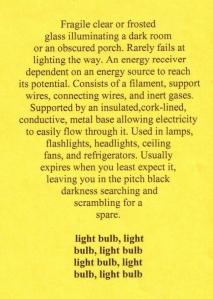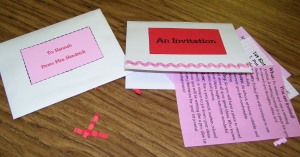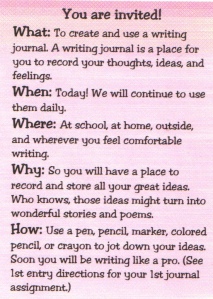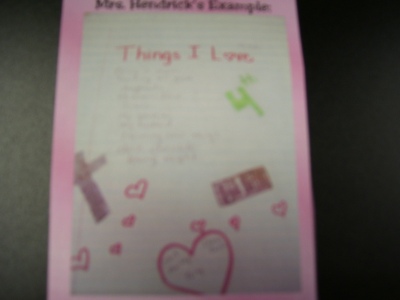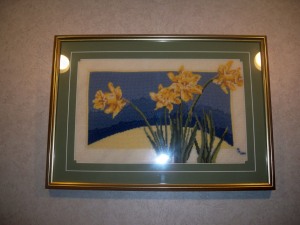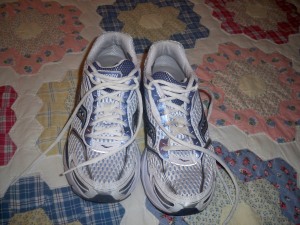In the Exploring the Past article, I could identify the students mentioned in the article that were reluctant, bored and complainers with several students in my own class. The project seems massive and appears to require lots of guidance and scaffolding from start to finish. However, I can see that using this method of writing, as opposed to simply doing a research report, would benefit students and create deep thinkers. As I read this article, I couldn’t help but think about how difficult it will be to conduct this type of learning experience in my 4th grade classroom. Just like we have discussed on numerous occasions, marination will be the key to helping students be successful.
In the Multigenre Research article, I loved the idea of organizing a notebook with samples(references), drafts, and pockets. I believe organization is a pitfall for many students. If we can model organization, planning and pacing for kids, they can use those skills for life. I think one of the toughest tasks will be to help students identify a topic that interests them enough to complete a multigenre project. However, the questioning techniques used in the article, as well as the organizational ideas, seem to provide support for the teacher and student.

